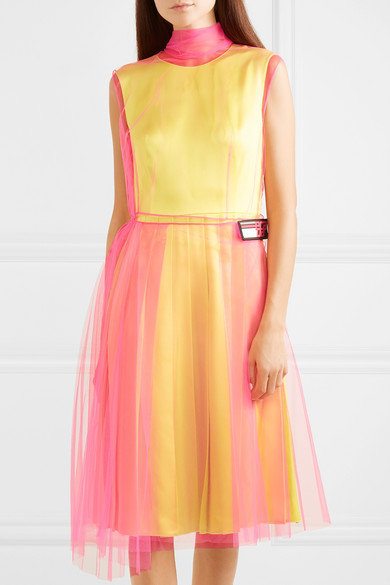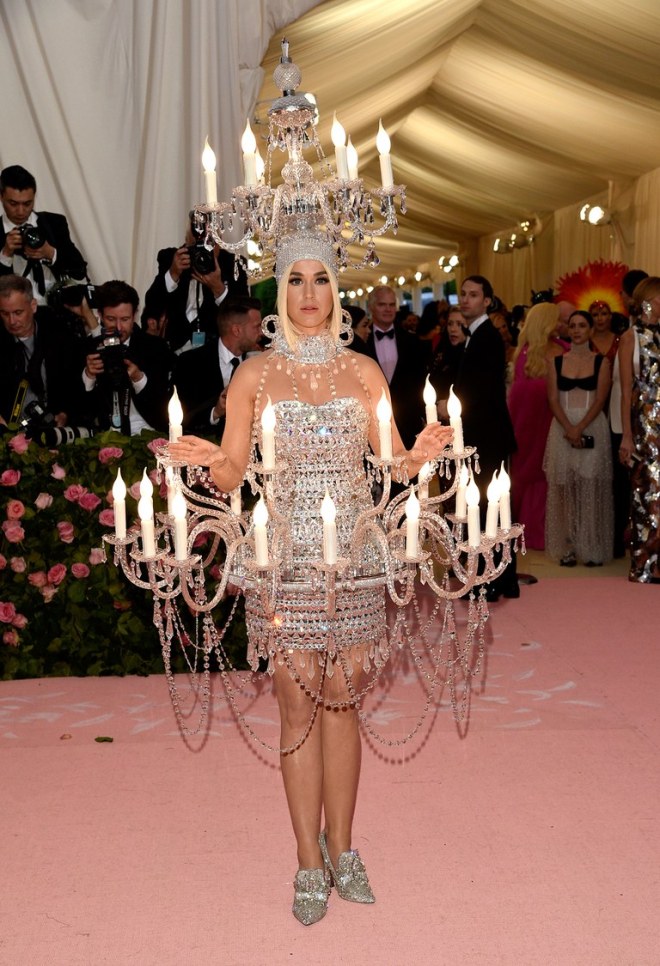The Emigrée is one of my favourite poems, not least because – despite being published almost thirty years ago – it seems desperately relevant in our current political climate. Written without a specific time or country in mind, Carol Rumens’ dramatic monologue explores the conflicted emotions of a woman (as the feminine title implies) who left her home country as a child; it is now ‘sick with tyrants’, and ‘there’s no way back at all’. This poem is written in free verse, as if the speaker’s memories are tumbling out, like ‘the child’s vocabulary [she] carried here’. It is a heartbreakingly personal poem, despite Rumens (who grew up in south London) not actually experiencing the kind of displacement outlined in The Emigrée. The poem was published in Rumens’ 1993 collection, ‘Thinking of Skins’, and reflects both Rumens’ fascination with ‘elsewhere’ and the millions of refugees who were fleeing war-torn countries such as Iraq and Turkey in the 1980s and 1990s. Significantly, the speaker of the poem is an emigrée, not an emigrant: notice the past tense form. She has left somewhere, and this is a poem about leaving rather than going somewhere new: emigrée, not immigrant. She has gone through a kind of self-exile.
The Emigrée begins like a fairy tale: ‘There once was a country…’ This opening is childlike, reflecting the fact that the speaker ‘left it as a child’, and also sets up the idealised fairy tale vision of the speaker’s homeland which permeates the poem. The adverb ‘once’ emphasises the significance of the past, and alludes to the ways in which her homeland has changed. (Note that the homeland is not named: it could be anywhere.) The ellipsis in the middle of the first line is interesting, because it bridges ‘country’ and ‘I’. They are separated by time and distance, but somehow still connected. Rumens introduces the motif of sunlight in line two; the speaker’s ‘memory of it is sunlight-clear’, unobscured and purifying. But we quickly come to understand that the country has changed significantly:
for it seems I never saw it in that November
which, I am told, comes to the mildest city.
The speaker has not seen this for herself (‘I am told’); her memories are idealised and untainted. November could be a metaphor for the onset of a kind of winter, a period of darkness and gloom and emptiness – the start of something long and bleak. Yet the transformation of her country ‘cannot break / my original view, the bright, filled paperweight’. There is irony in the line break, which could mirror the breaking of her illusion; or perhaps it reflects the way in which her utopian vision is split off from the ‘worst news’ she receives. The ‘bright, filled paperweight’ lends itself to several interpretations: like her country, or her impression of it, it is beautiful yet fragile and easily breakable. It could symbolise the contracting of her memories, the way in which they are fixed and trapped in time and crystallised. Or it could represent her attempt to hold her memories down, lest they blow away. The paperweight is ‘filled’, suggesting it is not quite ‘sunlight-clear’; perhaps her memories are actually somewhat confused or blurred.
The speaker reluctantly acknowledges her country’s affliction through the repetition of ‘it may be’. ‘Sick with tyrants’ is an interesting example of personification because it implies that there is hope and space for healing. Later in the poem, Rumens imagines the city as a pet or child; here we also see vulnerability. The last line of the first stanza is a continuation of the sunlight motif:
but I am branded by an impression of sunlight.
The branding metaphor implies that her memories (if we take sunlight to represent those memories, and the beauty/light/hope associated with them) are permanent and unshakeable. But there is a paradox in this line: to be branded is ugly and painful. Perhaps there is something agonising for the speaker about the difference between her memories and the present reality of her country. We see this paradox at the end of every stanza: each one ends with a sort of defiant hope, tinged with darkness.
Stanza two begins with the memory of ‘the white streets of that city’ which ‘glow’; the city takes on a kind of clean, heavenly purity. But ‘time rolls its tanks / and the frontiers rise between us’; Rumens conflates the inevitable passage of time with what could be an oncoming military invasion. The repetition of the alveolar ‘t’ mimics the caustic ticking of a clock; the rising frontiers could represent both the physical and metaphorical separations from her country which she must undergo. They ‘close like waves’; again, the simile could allude to both a real and imagined sea, or perhaps to the Parting of the Red Sea in Exodus. The waves closed up again, and those who had crossed the sea could not go back.
The speaker goes on to reflect on the preciousness of her language:
That child’s vocabulary I carried here
like a hollow doll, opens and spills a grammar.
The speaker’s language is something to be cared for and treasured, yet it finds its own agency as it ‘spills a grammar’ – perhaps a metaphor for political expression, or her inability to hide her identity. ‘Soon I shall have every coloured molecule of it’ implies that the speaker is continuing to learn her home language, or at least collecting the spilled words and putting them back inside that ‘hollow doll’; she is reassembling herself. Despite her language now being illegal to speak (presumably in her home country), she ‘can’t get it off [her] tongue. It tastes of sunlight’. Once again, there is a sense of unease: the speaker lacks agency. Normally something we can’t get off our tongue is unpleasant. Yet this time it tastes of ‘sunlight’. The synaesthesia (conflating sight with taste) could reflect her confused memories of the city.
The final stanza opens with the acknowledgement that the speaker is trapped and that she will probably never see her homeland again: ‘I have no passport, there’s no way back at all’. A passport isn’t just a way to travel around; it’s also a form of identification. Perhaps the speaker has lost part of her identity in fleeing her country. And yet it is still unequivocally hers: ‘my city comes to me in its own white plane’. The possessive pronoun ‘my’ denotes belonging; ‘comes to me’ alludes to the power of memory. I love the phrase ‘white plane’: again, whiteness has connotations of purity and cleanliness; ‘plane’ could be a literal reference to an aeroplane, symbolising the metaphorical journey to her city, or it could also mean a level of existence, as if she is connected to her city on some higher level of memory and thought. Rumens uses zoomorphism to imagine the city as if it is a kind of pet: ‘It lies down in front of me…I comb its hair and love its shining eyes’. It is as if the speaker is determined to protect her city, or at least her memory of it; later, her city ‘hides behind [her]’. ‘Docile as paper’ is a simile that implies fragility and innocence; perhaps it is connected to the paperweight metaphor earlier in the poem, the city of her childhood held down by the weight of her memories. The city then becomes a teenage lover as it ‘takes [her] dancing through the city / of walls’. The delight and freedom associated with her city are separate from the ‘walls’ of the new city; note the distinction between ‘my’ and ‘the’ as the speaker distances herself from her homeland as it is now.
The next two lines are ambiguous:
They accuse me of absence, they circle me.
They accuse me of being dark in their free city.
Who is ‘they’? Given the (possibly ironic) reference to the ‘free city’, the speaker is presumably referring to the residents of her new home, which could be England or somewhere else. The sinister repetition of ‘they’ combined with the uncertainty could be symbolic of the hostility she faces in her new country, and the alienation she feels. ‘They circle me’ creates a sense of entrapment; ‘dark’ could allude to the literal darkness of her skin, or it could be a metaphor for her emotional turmoil and the trauma she has experienced. Another interpretation could be that the instigators of the new regime in her homeland are guilting her for running away, and attacking her for speaking out against their brave new world of ‘freedom’. I think this ambiguity is part of what makes The Emigrée so powerful as a poem. ‘They mutter death’ could also have several interpretations. Death where? In her home city? In her new country? Is it literal death, or the death of her idealised vision? The final line of the poem is another paradox:
and my shadow falls as evidence of sunlight.
I interpreted this line as suggesting that there is hope even in the darkest places. The light and shade is symbolic of the speaker’s ambiguous relationship with her home country, and the juxtaposition of her idealised memories and the frightening present. ‘My shadow falls’ could allude to death, but without sunlight there is no shadow. The extra line in the last stanza (the other two stanzas have eight lines each) could reflect her reluctance to let go of her memories as she grieves the loss of the city she once knew.























 The statue is located in Tavistock Square, where she lived before her home was bombed during WW2.
The statue is located in Tavistock Square, where she lived before her home was bombed during WW2.


 Photos from a visit earlier this year
Photos from a visit earlier this year

 I couldn’t resist buying a 1967 edition of ‘The Colossus’ by Sylvia Plath (anyone who knows me, or has read this blog before, will know how much of a Plath fan I am). If I could, I would buy up all the first edition Woolf, the rest of the Plath collection, ‘The Prime of Miss Jean Brodie’ by Muriel Spark, ‘The Apple Tree’ by du Maurier, a beautiful edition of ‘Casa Guidi Windows’ by Elizabeth Barrett Browning, and so much more…..
I couldn’t resist buying a 1967 edition of ‘The Colossus’ by Sylvia Plath (anyone who knows me, or has read this blog before, will know how much of a Plath fan I am). If I could, I would buy up all the first edition Woolf, the rest of the Plath collection, ‘The Prime of Miss Jean Brodie’ by Muriel Spark, ‘The Apple Tree’ by du Maurier, a beautiful edition of ‘Casa Guidi Windows’ by Elizabeth Barrett Browning, and so much more…..













